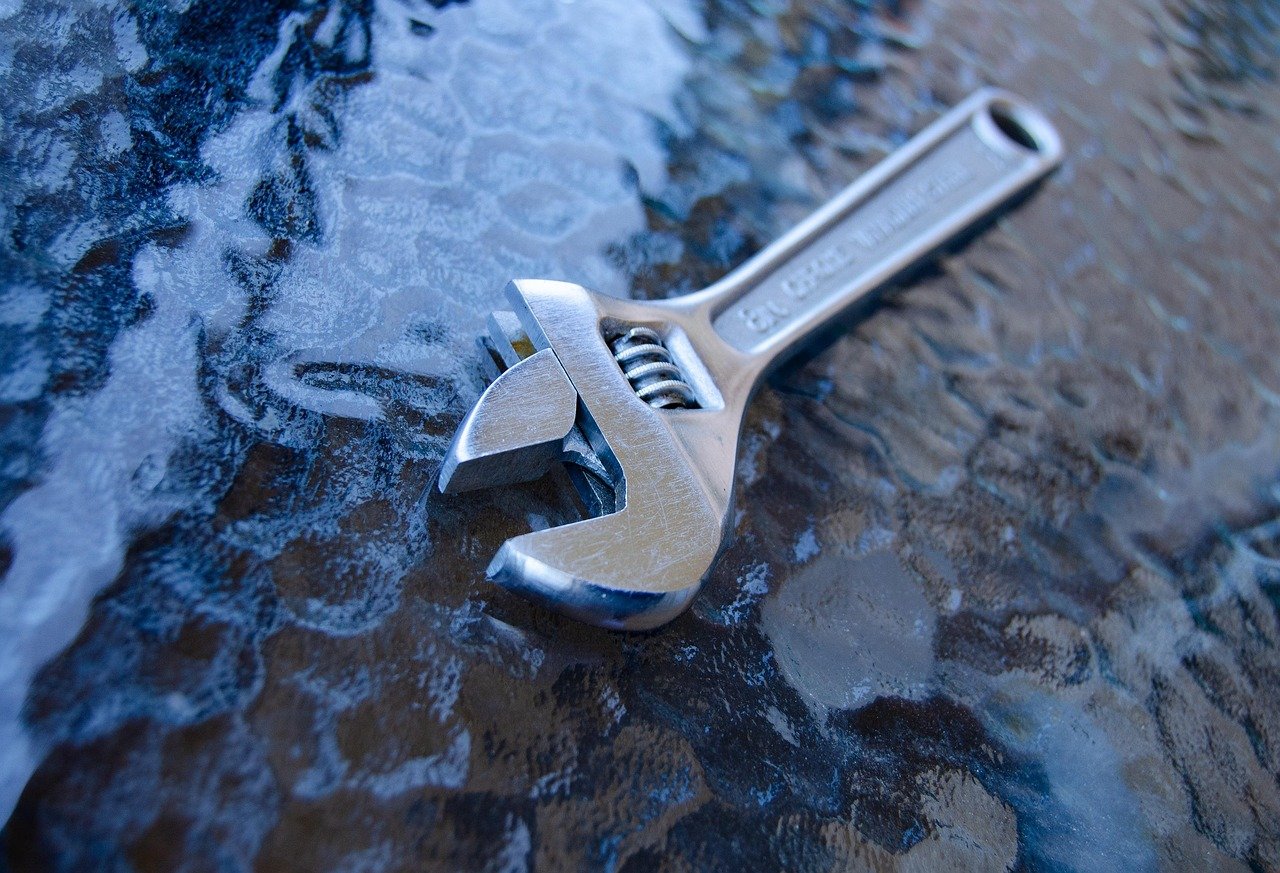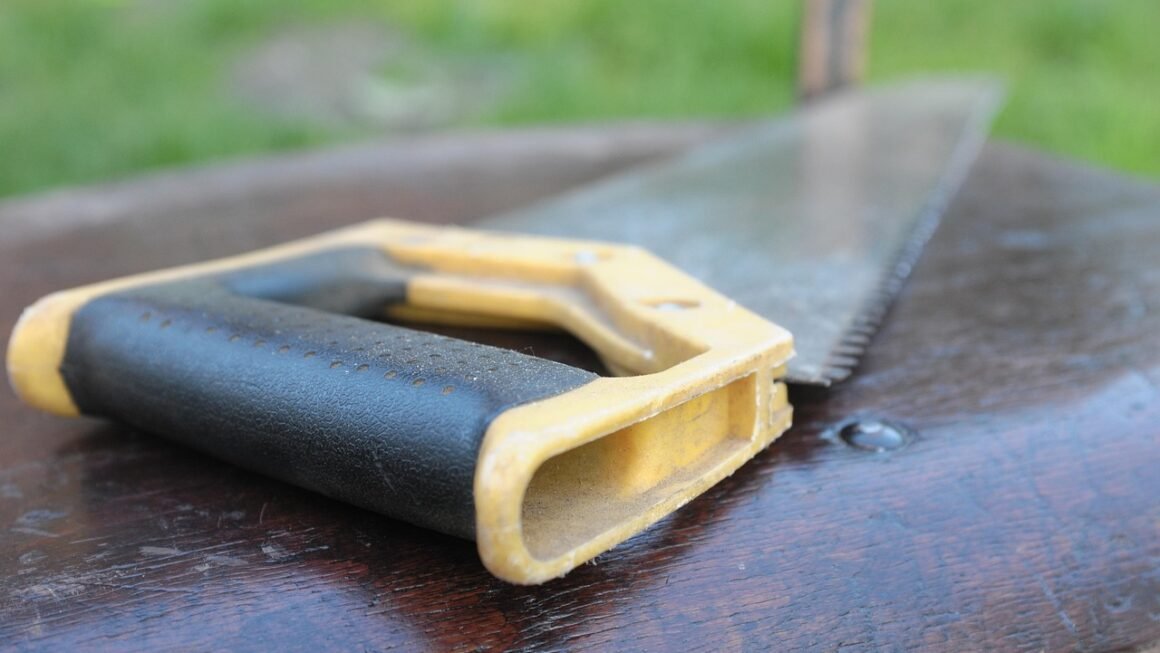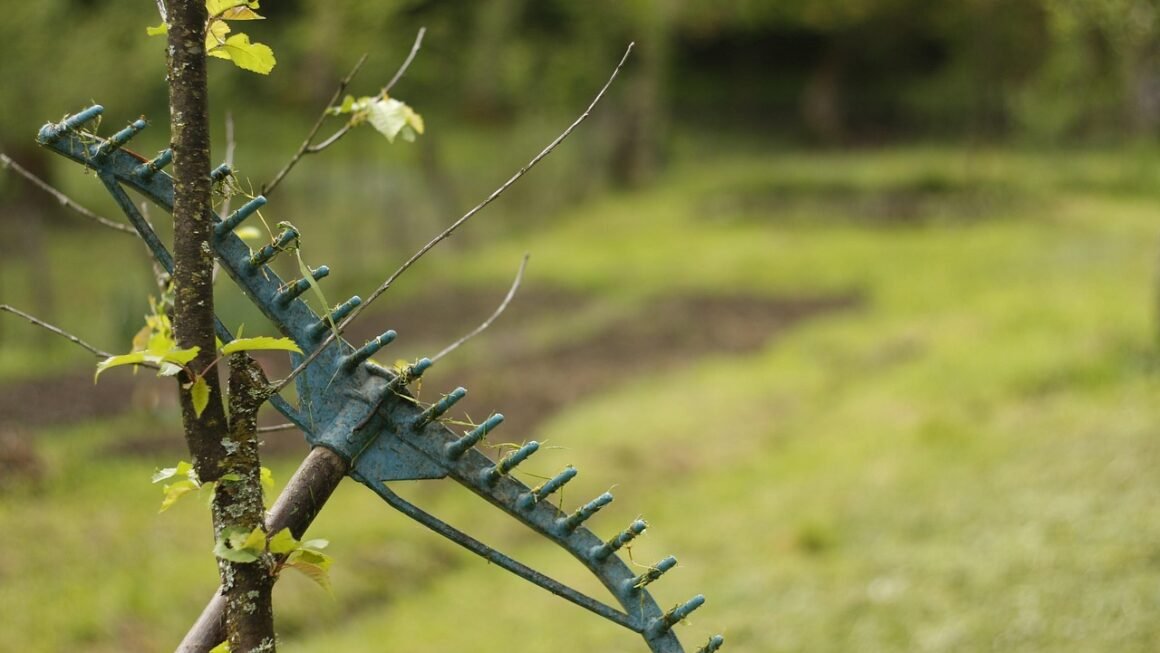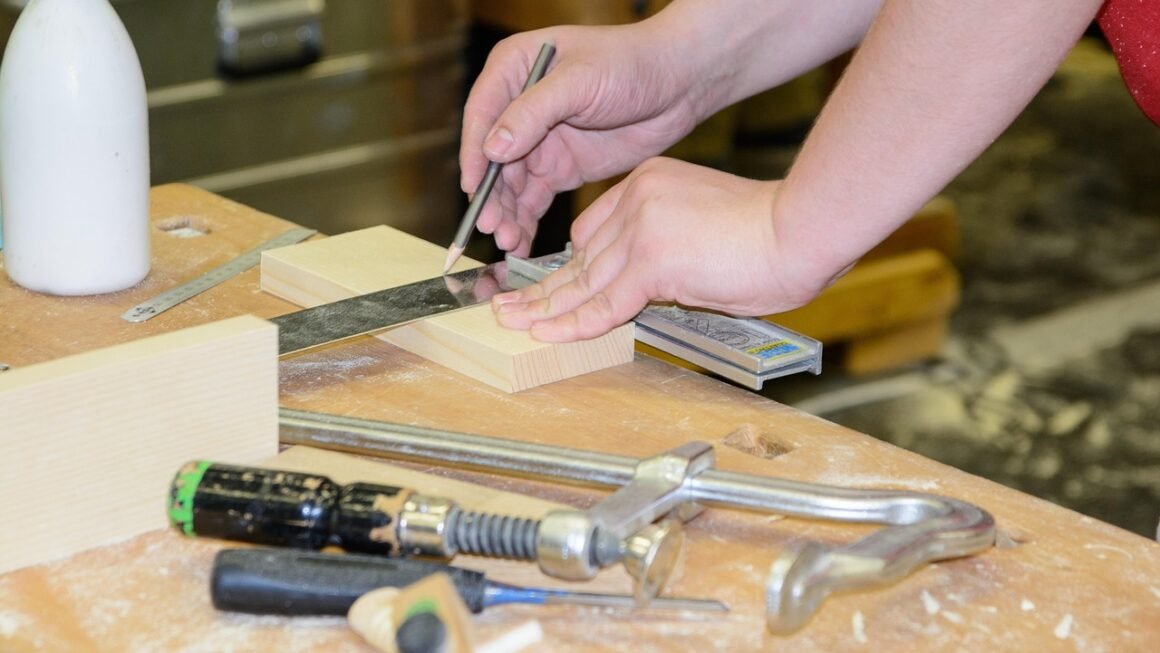A hand shovel, often overlooked amidst larger gardening tools, is a true workhorse for any gardener, homeowner, or even outdoor enthusiast. More than just a miniature spade, the hand shovel offers precision and control for tasks ranging from transplanting seedlings to scooping pet food. This compact yet powerful tool can significantly improve the efficiency and enjoyment of countless tasks. In this guide, we’ll delve into the world of hand shovels, exploring their types, uses, materials, and how to choose the perfect one for your needs.
Understanding the Versatility of Hand Shovels
Hand shovels are incredibly versatile tools, capable of handling a wide array of tasks with ease and precision. Their smaller size allows for greater control and maneuverability in tight spaces, making them indispensable for various applications.
Gardening Essentials
- Transplanting: Hand shovels excel at transplanting seedlings and small plants. Their narrow blades minimize root disturbance, promoting healthy growth after relocation.
Example: Carefully lift a tomato seedling from its starter pot using the shovel, ensuring you get a good root ball. Place it in the prepared planting hole and backfill with soil.
- Potting: Filling pots with soil or compost is much easier and cleaner with a hand shovel than using your bare hands.
Example: Use the shovel to scoop potting mix from a bag and carefully fill a hanging basket, leaving enough space for the plant.
- Weeding: While not a dedicated weeding tool, a hand shovel can be used to carefully remove stubborn weeds with deep roots, especially in delicate flowerbeds.
- Fertilizing: Spreading fertilizer around plants is easily accomplished with a hand shovel, allowing you to distribute granular fertilizers evenly.
Home and Outdoor Applications
- Pet Care: Easily scoop pet food, clean up after pets, or even scoop cat litter with a dedicated hand shovel.
* Example: Use a plastic hand shovel specifically for pet food to portion out meals for your dog or cat.
- Small Repairs: Hand shovels can be useful for small home repair tasks such as mixing small amounts of concrete patch or spreading sand in tight areas.
- Camping and Hiking: A lightweight hand shovel is ideal for burying waste in the backcountry, following Leave No Trace principles.
Exploring Different Types of Hand Shovels
Not all hand shovels are created equal. Different designs cater to specific tasks and preferences. Understanding the types available helps you choose the right one for your needs.
Garden Hand Shovels
These are the most common type, typically featuring a pointed or rounded blade designed for digging and transplanting.
- Pointed Blade: Ideal for breaking up soil and digging small holes.
- Rounded Blade: Best for scooping and moving materials.
Soil Scoops
Specifically designed for scooping soil, compost, or other loose materials. They often have a deeper, wider blade than standard garden hand shovels.
- Example: Transferring potting mix from a large bag to individual pots efficiently.
Trowels
While technically not always referred to as shovels, trowels are a smaller, more specialized type of hand shovel, designed for precision work.
- Narrow Trowel: Perfect for planting bulbs or small seedlings in tight spaces.
- Broad Trowel: Useful for transplanting larger plants.
Plastic Hand Shovels
Often used for pet care or transferring non-corrosive materials, plastic hand shovels are lightweight and easy to clean.
- Example: Scooping cat litter or dispensing dry pet food.
Materials and Durability: Choosing a Hand Shovel That Lasts
The material of a hand shovel significantly impacts its durability, performance, and overall lifespan. Consider these options when making your selection.
Metal Shovels
- Stainless Steel: Highly resistant to rust and corrosion, making it a durable and long-lasting option. Typically more expensive.
- Carbon Steel: Strong and durable, but susceptible to rust if not properly cared for. Requires regular cleaning and oiling.
- Aluminum: Lightweight and rust-resistant, but not as strong as steel. Suitable for lighter tasks.
Handle Materials
- Wood: Comfortable and provides a good grip, but can be prone to cracking or splitting.
- Plastic: Durable and weather-resistant, but can be less comfortable to grip.
- Rubber: Provides a comfortable, non-slip grip. Often used in conjunction with other materials.
Considerations for Durability
- Blade Thickness: A thicker blade will be more resistant to bending or breaking under pressure.
- Handle Construction: Look for a handle that is securely attached to the blade, preferably with rivets or welds.
- Overall Weight: A well-balanced shovel will feel comfortable in your hand and reduce fatigue.
Essential Features to Look For
Beyond the basic design and materials, certain features can significantly enhance the usability and effectiveness of a hand shovel.
Handle Ergonomics
- Grip: Choose a handle with a comfortable and non-slip grip.
- Length: Consider the handle length based on your height and the type of tasks you will be performing. A longer handle may be preferable for scooping materials from the ground, while a shorter handle offers more control for detailed work.
- Shape: Ergonomic handles are designed to reduce strain on your hand and wrist.
Blade Design
- Sharpness: A sharp blade will make digging and cutting through soil easier.
- Shape: The shape of the blade should be appropriate for the tasks you will be performing.
- Size: Consider the size of the blade based on the amount of material you need to move.
Overall Weight and Balance
- A well-balanced hand shovel will feel comfortable in your hand and reduce fatigue, especially during prolonged use. Look for a tool where the weight is evenly distributed between the blade and the handle.
Extra Features
- Depth Markings: Some hand shovels have depth markings on the blade, which can be useful for planting bulbs or ensuring consistent planting depth.
- Hanging Hole: A hole in the handle allows for easy storage on a hook.
Caring for Your Hand Shovel
Proper care and maintenance will extend the life of your hand shovel and ensure it remains in good working condition.
Cleaning
- After Each Use: Rinse off any dirt or debris with water.
- Stubborn Dirt: Use a brush or scraper to remove stubborn dirt or mud.
- Drying: Thoroughly dry the shovel after cleaning to prevent rust.
Sharpening
- Sharpen Regularly: A sharp blade makes digging easier and reduces strain on your hands.
- Use a File: Use a metal file to sharpen the blade at a slight angle.
- Safety: Wear gloves and eye protection when sharpening.
Storage
- Store in a Dry Place: Store your hand shovel in a dry place to prevent rust and corrosion.
- Hang it Up: Hanging the shovel prevents the blade from resting on the ground and potentially damaging it.
- Oil the Blade: Periodically oil the blade to protect it from rust.
Conclusion
Choosing the right hand shovel and caring for it properly can significantly enhance your gardening experience and make various tasks easier and more efficient. From transplanting delicate seedlings to scooping pet food, this versatile tool deserves a place in every gardener’s and homeowner’s toolkit. By considering the types, materials, features, and maintenance tips discussed in this guide, you can select a hand shovel that will serve you well for years to come.




